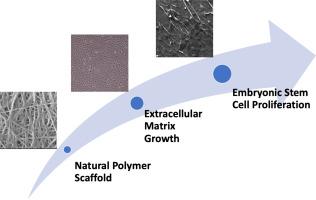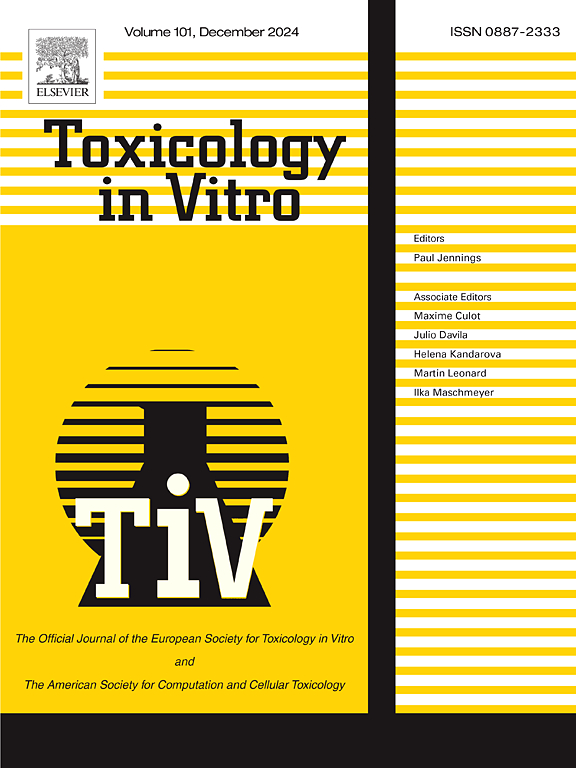Mimicking the microenvironment of seminiferous tubules plays an indispensable role in directing differentiation of stem cells toward germ cells in vitro. In this work, we fabricated electrospun gelatin (EG) mats (i.e., with diameter <500 nm) conditioned with Sertoli cells' extracellular matrix (ECM) to simulate both 3D structures and composition of normal testis tissue. Sertoli cells were isolated from mice testis and represented through immunocytochemistry (ICC) staining for expression of vimentin, a specific marker of Sertoli cells. The morphological characteristics of ECM-coated scaffold were investigated under scanning electron microscope (SEM). The efficient elimination of cells was confirmed by MTT assay. Furthermore, the cyto/biocompatibility of ECM-conditioned EG scaffold was determined for Sertoli cells and embryonic stem cells (ESCs), alone and as in co-culture. According to the results, the designed scaffold provided a mat for cell proliferation with negligible toxicity (almost 100% cell viability). SEM micrographs displayed cells with elongated shape and complete stretching morphology when compared with those cultured on scaffold without ECM. Moreover, an enhanced differentiation of ESCs toward sperm-generating cells was obtained through co-culturing of Sertoli cells and ESCs, where cell viability was found almost 100%. Our findings introduce the ECM-conditioned EG scaffold as a potentially influential engineered substrate for in vitro guidance of stem cells differentiation by mimicking the native microenvironment.



